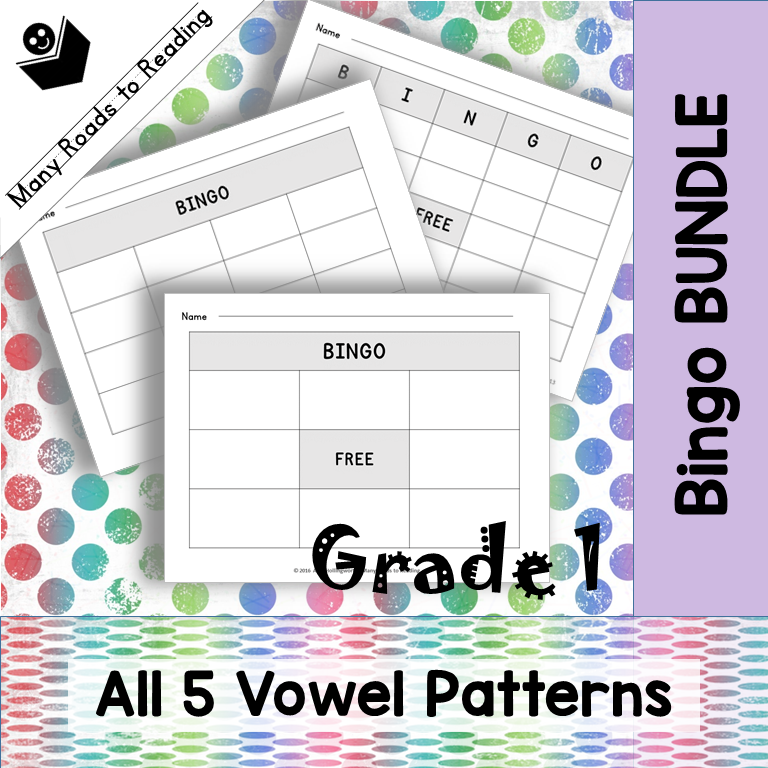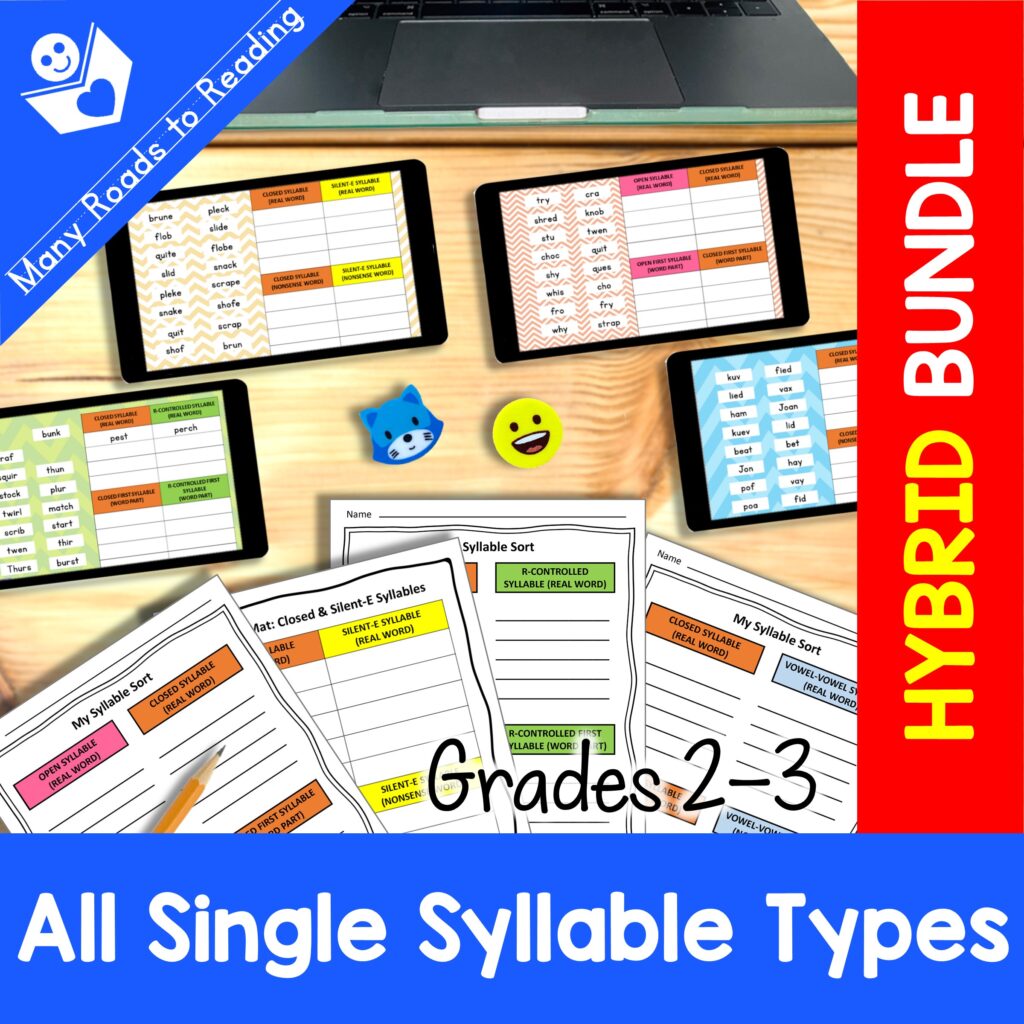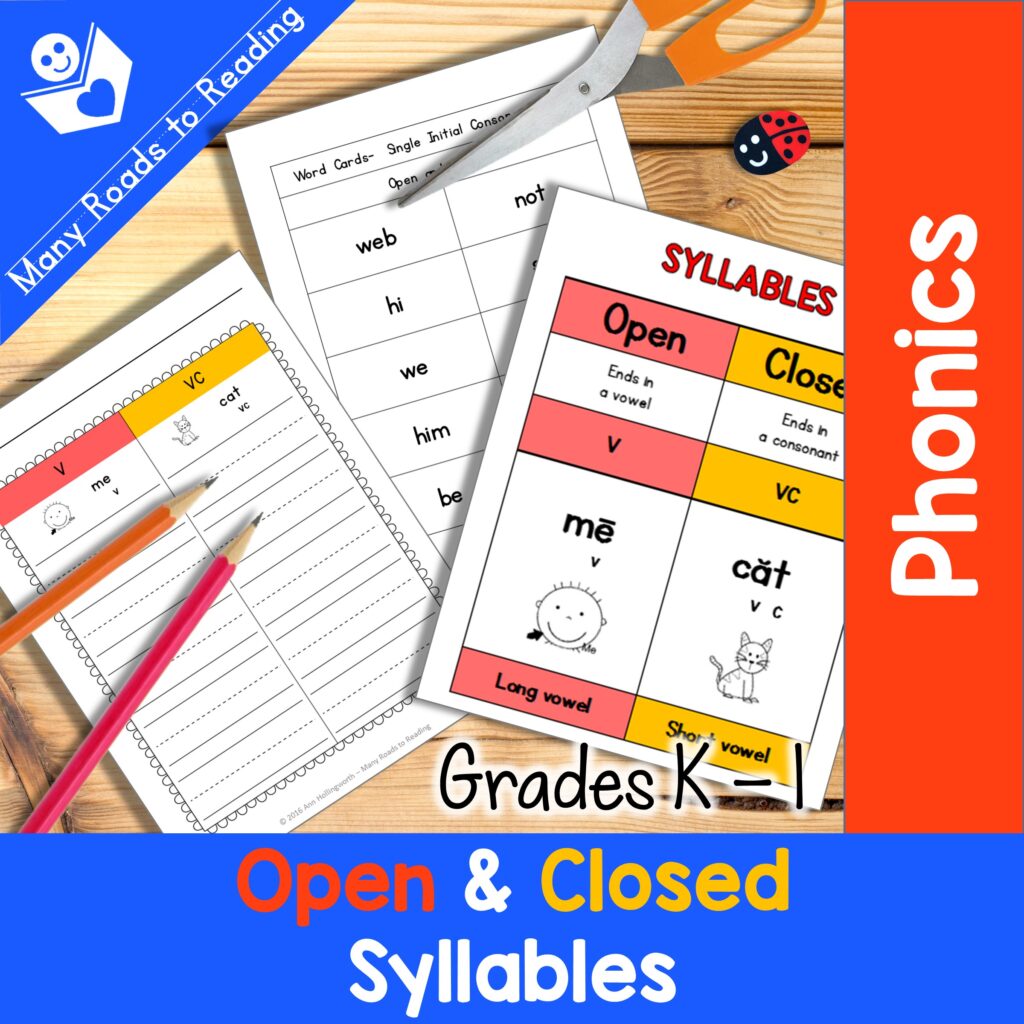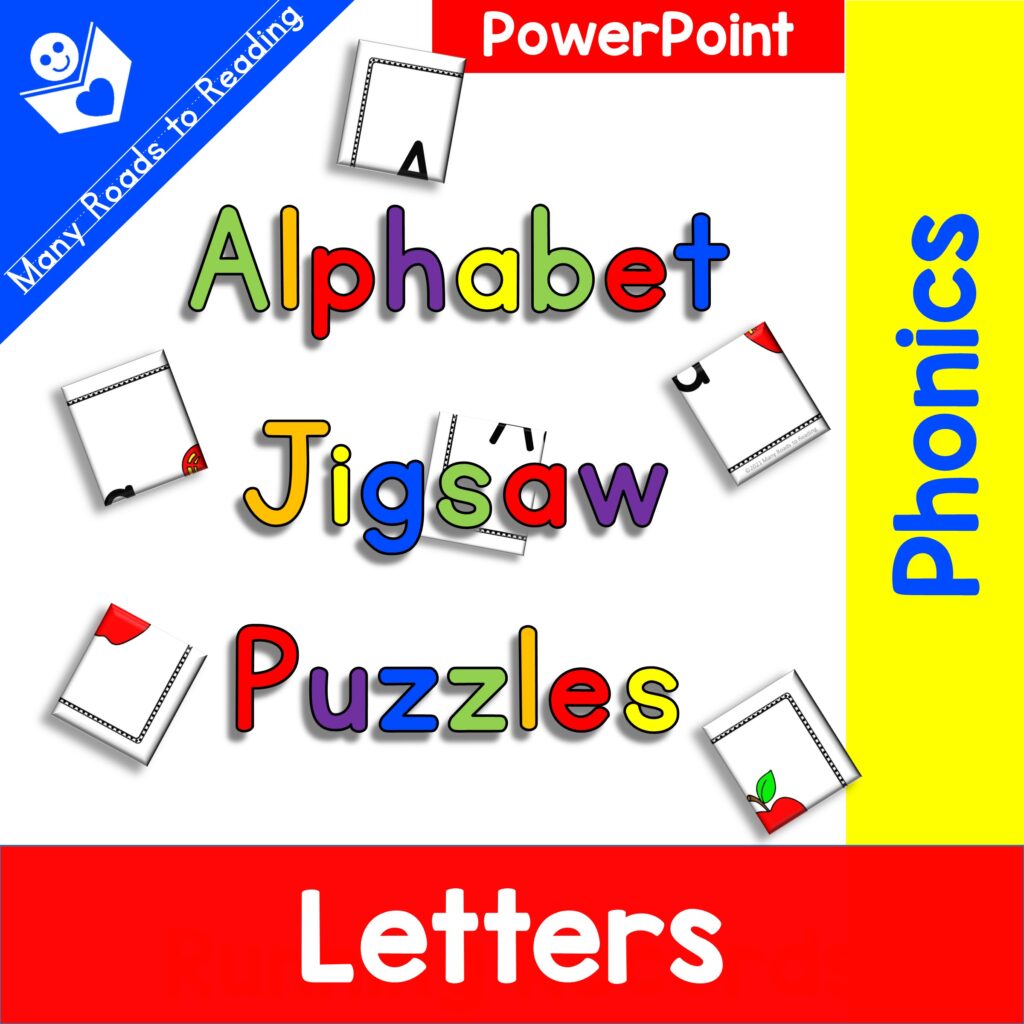
The topic of phonics is popping up all over the place–not just with teachers and parents, not just on MY blog (!)–but in the news media and general interest magazines, as well.
However, I’ve noticed a lot of misconceptions out there about teaching phonics, and I’d like to clear up a few of them.
Misconception #1: There’s no such thing as too much phonics.
If teaching phonics is a good thing, it might seem that more phonics is always better. But phonics can be overemphasized at the expense of other aspects of reading, such as fluency and comprehension.
Furthermore, phonics is sometimes taught to students who no longer need it, which wastes valuable instructional time and can turn these students off from reading.
Misconception #2: Teaching phonics is one-size-fits-all.
Once we figure out one way to teach phonics, we can use that with all our students, all the time, right? No. Phonics can, and should, be taught in different ways, even with the same student.
- Synthetic phonics is usually taught to beginners. Here, the reader associates letters with sounds and blends the sounds together (/b/ – /a/ – /t/).
But once older students are able to deal with larger chunks of letters, decoding becomes more efficient.
- With analytic phonics, youngsters learn about word families (bat, cat, sat, etc.) and how to take apart words into onsets and rimes (b–at).
- With analogic phonics, children compare an unfamiliar word to a word they already know (figure out the word bat by comparing it to the known word, cat).
Phonics is definitely not always taught the same way.
Misconception #3: Phonics is the only way of teaching word analysis.
Although phonetic analysis is probably the most common way students are taught how to take words apart, it’s not the only way. Two other ways come to mind.
- Phoneme segmentation is the division of an oral word into the sounds that make up that word. This phonemic awareness activity is a first step in the attempt to spell a word.
- Words can also be divided into meaningful chunks (prefixes, suffixes, and roots). This is called morphemic analysis. Recognizing morphemes starts early, when students learn about plural endings on nouns (-s/-es) and verb endings (-s, -es, -ing, and –ed). Later they progress to larger meaningful chunks such as -un, re-, and –less.
- In addition, intermediate readers learn to divide multisyllabic words into syllables.
Misconception #4: Phonics should always be taught in isolation.
Children have to learn how to decode by looking at the sounds of letters within isolated words, or even nonwords. But what if a child comes across a nonfamiliar word in a text they are reading?
After showing them how to decode the word in isolation on a whiteboard, with magnetic letters, or with letter tiles, be sure to have the student return to the text and read the sentence or paragraph in which the problematic word appears.
Misconception #5: Teaching phonics is the opposite of teaching sight words.
Teaching sight words and teaching phonics are not two approaches at opposite ends of a spectrum. In fact, looking at the phonographic elements within sight words helps children learn words, even if the words are not completely phonetic.
Phonics and sight words are not opposites; rather they are two different ingredients in the reading instruction recipe.
Misconception #6: Phonics is the opposite of “cueing.”
First of all, “cueing” is not a teaching method like phonics, or even a valid term in education. Cues have to do with assessment. Some teachers like to analyze students’ oral reading mistakes on running records by determining which sources of information they were or were not using – meaning, language structure, or phonetic cues. By examining the cues students do or do not use to read unfamiliar text, teachers can tell what they need to teach them to do.
So phonics is one cue–not an alternative to using cues.
Misconception #7: Phonics is an either-or approach. We either teach phonics or something else.
Historically, phonics has been described by educators as an alternative to other teaching methods:
- phonics vs. whole word (sight word method)
- phonics vs. whole language (teaching words in the context of text)
- phonics vs. balanced literacy
But, in my opinion, because English is an alphabetic language, it would be cruel to deprive youngsters of learning how the phonetic-graphemic system works. It’s not “phonics vs.” anything! That would be like hiding the key to the reading treasure chest.
Finally: Misconception #8: Phonics is the main point of teaching reading.
I’ve been tempted by this concept as a reading tutor. Have you? Many, if not most, of my students suffered from difficulties with identifying words phonetically. But I had to remind myself that learning to decode was not all those children needed.
I had to remember that the reason kids have to learn to sound out words is so they can understand what they are reading!
To sum up: Although phonetic decoding is important, it’s just the beginning of reading, just a pathway to other elements. Phonics is a necessary, but not sufficient component of learning to read. Learning phonics is a means to an end, and not an end in itself.
How about you? Have you noticed any other misunderstandings out there about teaching phonics?






Leave a Reply